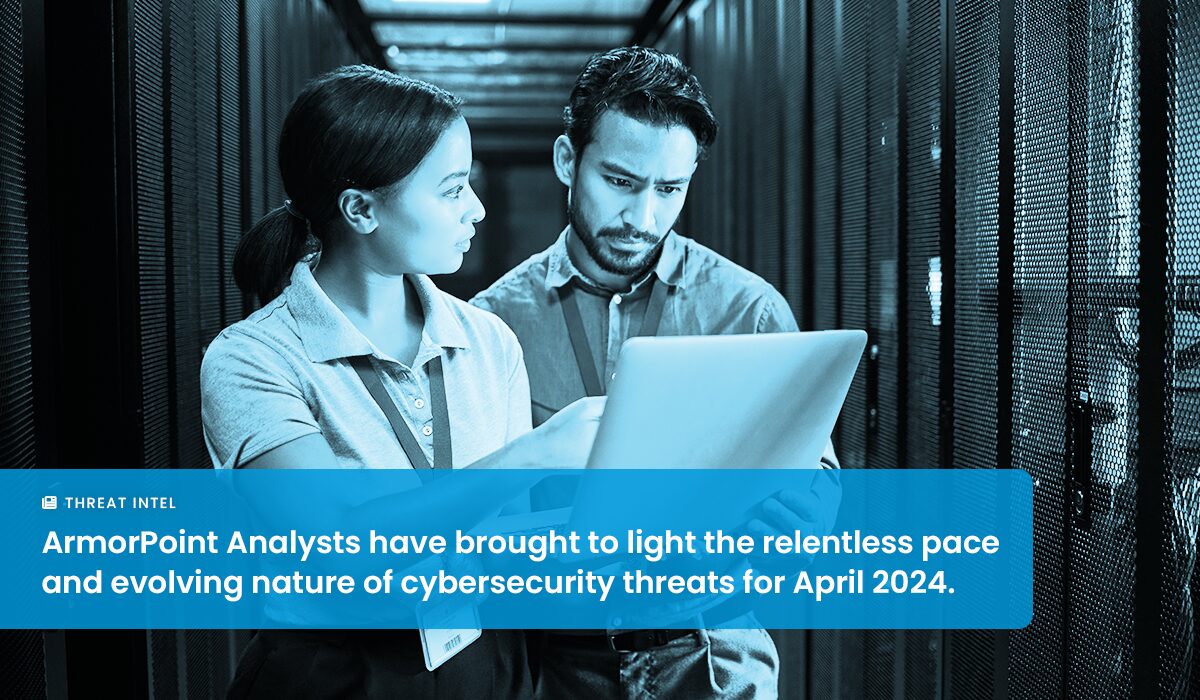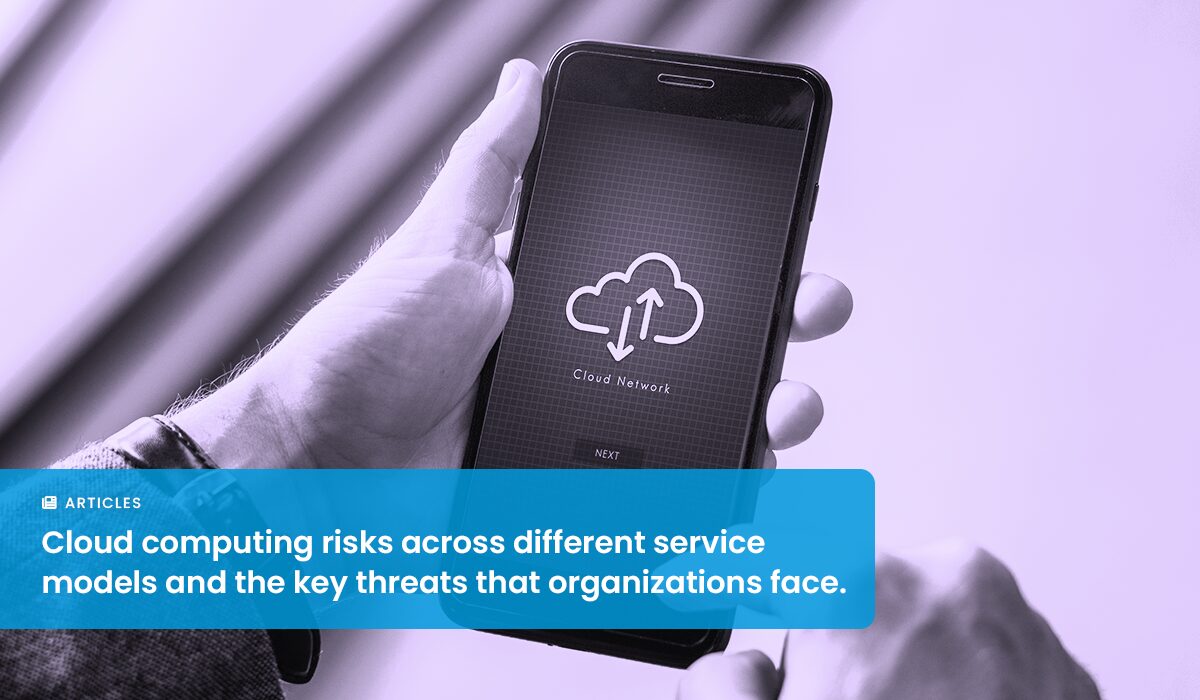IT Security remains a top concern for organizations of all sizes. Threats to company information and organizations remain high as hackers continue to target small and large businesses alike with a wide threat landscape spanning from ransomware attacks to widespread security breaches. As organizations increase their reliance on technology, their attack surface rises accordingly.
Understanding the types of attacks that a company can be subject to and what is involved in protecting an organization’s data is paramount to addressing and proactively preventing attacks.
Two common threat types that may be confused with one another are the data security breach and ransomware attacks. These threats may sound similar on the surface. Assuming they are the same would be an error. Not protecting your assets from them could be a costly mistake.
According to the 2018 Cost of a Data Breach study conducted by the Ponemon Institute and IBM Security, the average cost of a data breach is $3.86 million. Ransomware attacks are no less costly. Responding to a ransomware attack in 2018, cost the city of Atlanta close to $5 million in emergency IT services.
These attacks are being used to cripple businesses of all sizes, especially small-to-medium businesses (SMBs). To counter the impact, the affected businesses must have clarity around how these attacks are perpetuated and how to better prepare for them in the future. Without a clear understanding and remediation plan, a company stands to lose both money, customer retention, and reputation at the hands of hackers.
What is a data security breach?
A data security breach is when an outside entity accesses your system or network without authorization. Said access is then used to extract company data. A hacker may access an organization’s data stores, financials, or customer information manually or may perform the attack systematically, extracting data and leaving your network and brand reputation damaged.
System security must be bypassed for hackers to gain access to your information. This can happen through social engineering and phishing attacks, brute force attacks, or exploiting security holes in applications, operating systems, or even company websites.
Once in, intruders can grab whatever data they want. This includes everything from a single phone number to data records spanning the last five years. This data could also include customer’s personally identifiable data (PII), which could be detrimental to clients and requires disclosure of the breach.
What is a ransomware attack?
Ransomware, much as the name implies, is an attack that holds a company’s data for ransom. The data remains on an organization’s system, but the hacker encrypts the data, preventing the organization from being able to access it. Without the encryption key, the hacker remains in control of the data.
To get the encryption key, hackers demand a ransom. While the amount they demand may seem small when compared to the value of the data, there is no guarantee that the hackers will release the key. Unless all threat vectors have been mitigated, there is little preventing them from attacking again.
What’s the difference between these threats?
The differences between ransomware attacks and a data security breach are noteworthy and can impact how you approach response and mitigation.
Ransomware attacks encrypt the data in place, which can be time-consuming. As a result, some mitigation techniques rely on detecting encryption while it’s occurring. Unfortunately, hackers have begun randomizing encryption and even encrypting hard drive code to speed the process and reduce detection.
For specific industries, access to their data is paramount. Organizations like hospitals and government agencies, both local and federal, rely on data to care for patients and provide public services. When ransomware attacks happen to these organizations, it’s not hyperbole to say that lives are on the line.
However, that doesn’t mean that cybercriminals ignore other industries. According to the 2017 NTT Security Global Threat Intelligence Report, business and professional service firms are the biggest ransomware targets, with 28 percent of these attacks focused on the aforementioned sector. Government agencies and hospitals made up 19 percent and 15 percent of ransomware attacks, respectively, giving small-to-medium sized-businesses the biggest slice of pie.
Alternatively, a data breach may result in hackers holding data for ransom. In that case, the data has been copied or removed from the source system, and it is the threat of data release, not access, that ransom is demanded.
Ransoming data in a data breach is only one potential outcome. This type of attack is broader and has greater potential for harm to an organization. The financial impact of a data breach is only the start.
The opportunity costs of a data breach include remediation of issues and expert time spent repairing databases and mitigating threat vectors. Time spent finding and fixing exploits and repairing damage caused by an attack means time away from business-critical projects.
Litigation can result, with customers seeking damages for their compromised personal information. An organization’s reputation is also damaged after a breach, making it challenging to retain customers and more costly to acquire new ones.
How do you prevent them?
Education, prevention, and monitoring are the most effective means of countering both ransomware and security breaches.
Security awareness is both a great preventative measure and one that can help minimize the impacts of a data breach. With awareness training, a company’s staff learns not only how to spot an attempt to access the organization’s systems, but what to do when a breach occurs.
Hardening a company’s systems is crucial to prevention. An organization’s security practices should include role-based access controls, device encryption, secure password policies, and regular updates to all applications and operating system software. Security software and procedures should remain current and regularly reviewed.
Monitoring can not only stop an attack by identifying potential entry points, but it can also mitigate the damage of an attack. To do this, monitoring must be active, and alerting must be real-time. Technologies, such as security information and event management (SIEM) can help companies identify threats and improve incident response.
Want better protection from Ransomware attacks and security breaches? Armor Up.
About ArmorPoint
ArmorPoint is a security information and event management solution that provides a cost-effective and reliable way to continually protect your business from emerging threats. Through its customizable service pricing model, ArmorPoint’s cost-effective packages and dynamic levels of expert management support the security strategies of all companies, regardless of available budget, talent, or time. And since ArmorPoint offers 24/7 security support with a team of dedicated specialists, they can provide you with the manpower you need to expertly manage all of your cybersecurity initiatives. See how ArmorPoint can make a difference in your security posture with a risk-free 30 day free trial.







